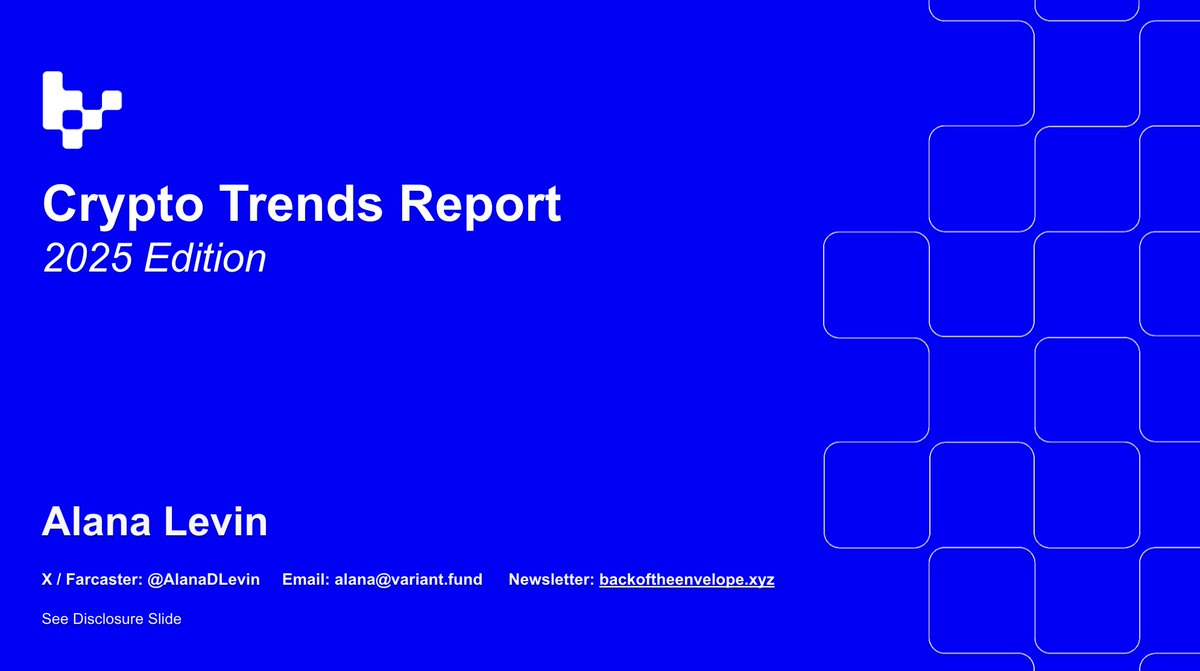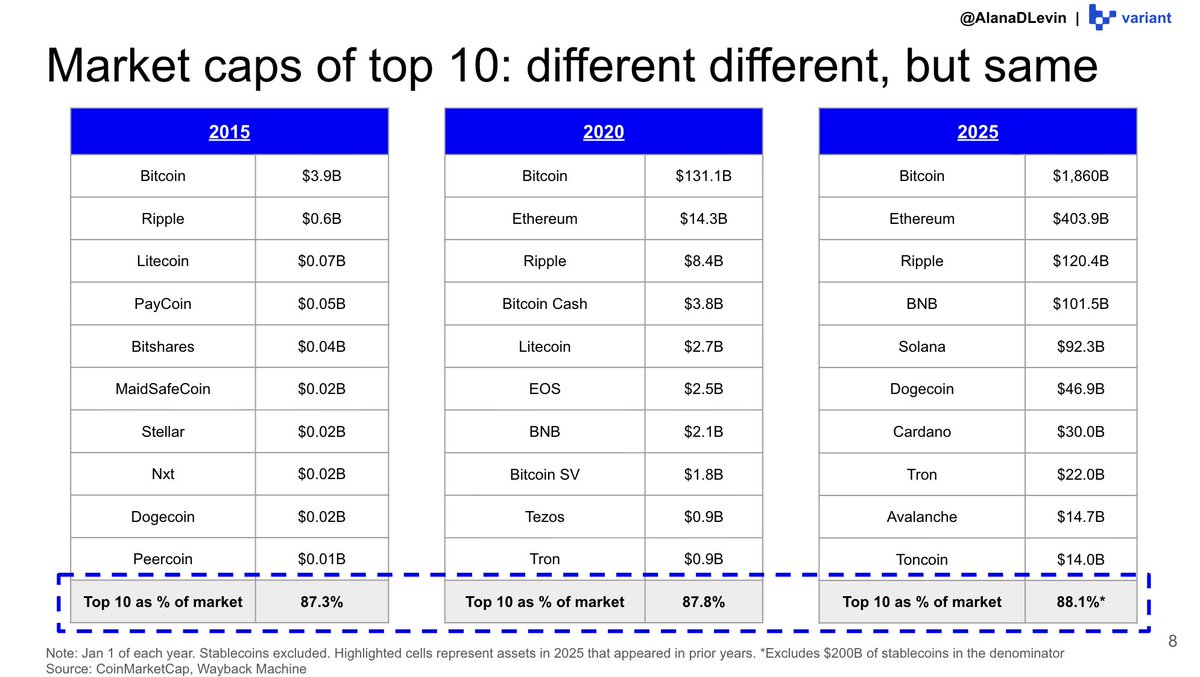The biggest surprise of the past year: tokenized treasuries aren't bigger
There are about $7.5B of tokenized t-bills right now (per @RWA_xyz). The category has experienced ~100% growth in the past 6 months
But it's still small, especially compared to other assets. Total stablecoin supply exceeds $260B. Multiple individual stablecoins exceed the total amount of tokenized t-bills. Seems like at least some of those deposits should be tokenized onchain.
Why don't we have more tokenized t-bills?
There are about $7.5B of tokenized t-bills right now (per @RWA_xyz). The category has experienced ~100% growth in the past 6 months
But it's still small, especially compared to other assets. Total stablecoin supply exceeds $260B. Multiple individual stablecoins exceed the total amount of tokenized t-bills. Seems like at least some of those deposits should be tokenized onchain.
Why don't we have more tokenized t-bills?
• • •
Missing some Tweet in this thread? You can try to
force a refresh








